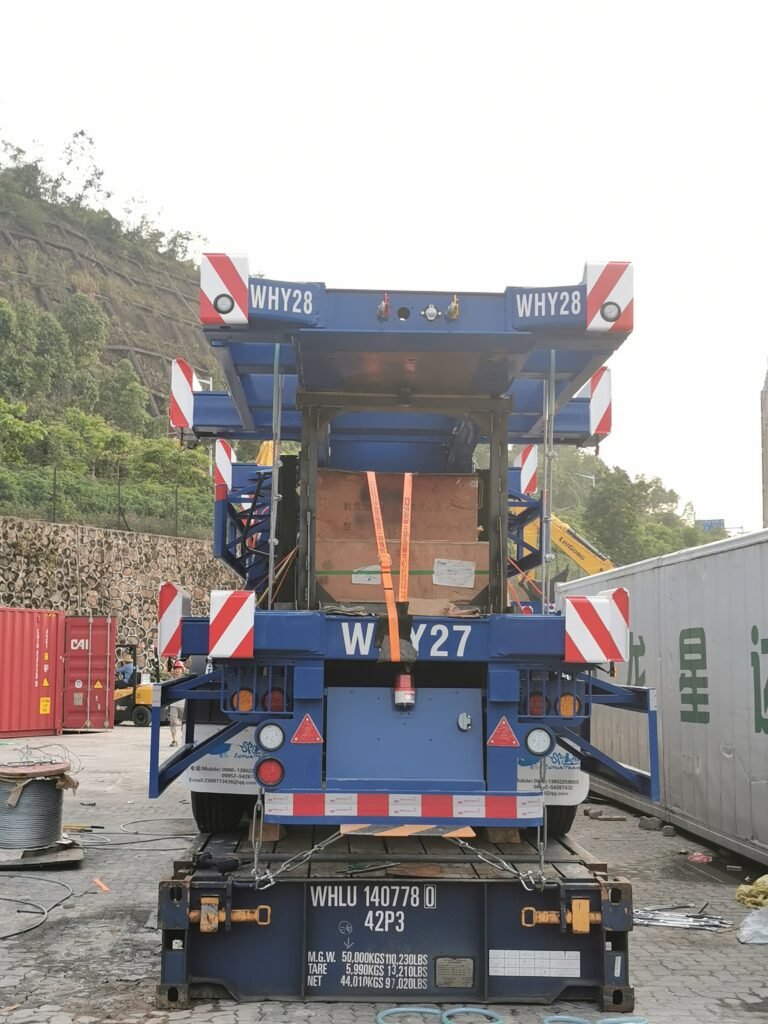
Relocating a factory from China to the United States is a complex and multi-stage process, requiring careful planning, legal compliance, logistics coordination, and operational adjustments. To ensure a smooth transition, companies need to approach the move step by step, from early preparation to long-term monitoring.
The first stage is planning and preparation. Before making the decision, companies should clearly define the objectives of relocation. Common goals may include lowering production costs, gaining closer access to key markets, or optimizing supply chain efficiency. At the same time, a realistic budget and sufficient resources must be secured to support the entire relocation process.
Equally important is legal and regulatory preparation. Businesses must comply with all relevant labor, environmental, and trade regulations in both China and the United States. Working closely with legal counsel helps ensure that the company fully understands its obligations. In addition, obtaining the necessary licenses and certifications is essential for lawful production and operations once the move is complete.
The physical relocation of equipment and supplies forms another critical stage. Companies need to arrange reliable logistics for machinery, raw materials, and inventory. Depending on cost and urgency, transportation may involve sea, air, or land freight. Proper packaging, insurance, and regulatory compliance on both sides are necessary to prevent damage, delays, or legal issues during shipment.
Personnel transfer is often just as vital as equipment relocation. Companies must decide which employees—such as technical specialists, managers, or production workers—will move to the United States to maintain continuity. This requires careful handling of visas, work permits, housing, and cultural adaptation support, all of which reduce the risk of disruptions caused by human resource issues.
Once the relocation site is ready, production lines must be re-established and commissioned. This process includes equipment installation, testing, and necessary adjustments to ensure stable and efficient output. Optimizing production processes at this stage helps minimize downtime and losses during the transition.
Another major task is rebuilding the supply chain and sales network in the United States. Companies need to identify reliable suppliers and logistics partners while also developing new distribution and sales channels. Strong supplier relationships and a stable sales network are essential to ensure product quality, consistent supply, and market growth.
Even after the relocation is complete, continuous monitoring and adjustment remain necessary. Businesses must track production performance, control costs, and adapt marketing strategies to evolving market conditions. They should also prepare for potential challenges, such as fluctuations in demand or changes in trade policies, and adjust operations accordingly.
In conclusion, relocating a factory from China to the United States is a strategic yet challenging endeavor. Success depends on thorough preparation, compliance with regulations, careful logistics and personnel management, and ongoing optimization after the move. With a well-designed plan and professional support, companies can achieve a smooth transition and position themselves for long-term growth in the US market.
